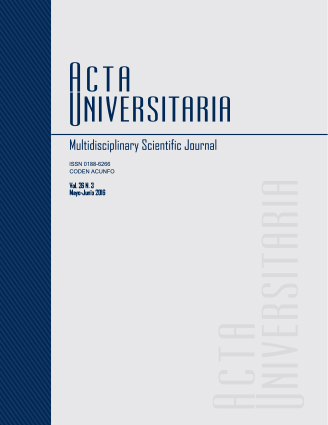Implementation of antennas for optical quantum communication links using weak coherent states in free space
Published 2016-07-11
Keywords
- Free space optical communications,
- quantum communications,
- optical antenna,
- weak coherent states,
- Cassegrain reflector.
- Enlaces ópticos en espacio libre,
- antenas ópticas,
- estados coherentes débiles,
- enlace cuántico,
- telescopio tipo Cassegrain.
How to Cite
Abstract
The classical optical communication systems in free space have been extensively studied, in contrast to quantum systems which until relatively recently have acquired great interest for satellite applications and quantum key distribution. Proper design of the elements that collect light in the receiver is critical for good performance. So, the main objective of this paper is to present an optical antennas design methodology used in quantum communications. This article shows feasibility and utility of paraxial theory use for this design which allows the use of optical components such as astronomical telescopes used in conventional classical schemes. An optical antenna for 1550 nm was designed with the help of simulation tools and a commercial Cassegrain type telescope. Also, a proof of concept in the laboratory was performed where three photons per bit were captured, validating as well the suggested methodology.
References
Bachor, H. A., & Ralph, T. C. (2004). A guide to experiments in Quantum Optics. Weinheim:Wiley-VCH.
Bely, P. Y. (2003). The Design and Construction of Large Optical Telescopes. Heidelberg: Springer.
Born, M. & Wolf, E. (2003). Principles of Optics (7ª. ed.). Cambridge: Cambridge University Press.
Gerry, C., & Knight, P. (2005). Introductory quantum optics. Cambridge University Press.
Hecht, E. (2002). Optics, (4ª.ed.) San Francisco:Addison Wesley.
Hemmati, H. (2006). Deep Space Optical Communications. New Jersey: Wiley-Interscience.
Hirota, O. (1992). Squeezed light. Amsterdam: Elsevier.
Lambert, S.G. & Casey, W.L. (1994). Laser Communications in Space. Boston: Artech House.
Millman, J. (1979). Microelectronics: digital and analog circuits and systems. McGraw-Hill.
Leonhardt, U. (2005). Measuring the Quantum State of Light (1ª.ed). Cambridge: University Press.
Van Assche, G. (2006). Quantum Cryptography and Secret-Key Distillation. Cambridge University Press.
Yariv, A. (1997). Optical electronics in modern communications (vol. 1). Oxford: University Press.

